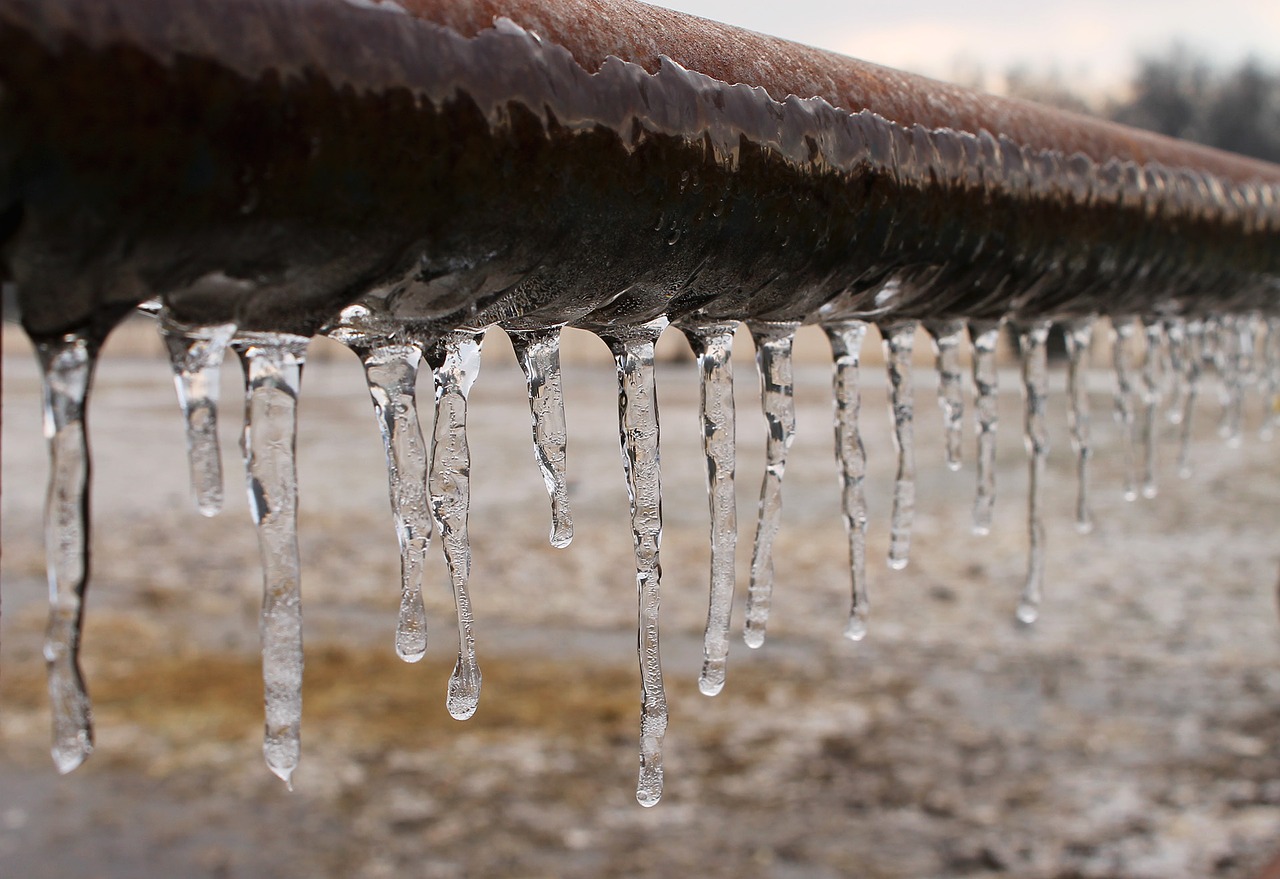Featured image from CJ on Pixabay
Article: Quantifying Human-Induced Dynamic and Thermodynamic Contributions to Severe Cold Outbreaks Like November 2019 in the Eastern United States
Authors: C. Zhou, A. Dai, J. Wang, and D. Chen
Questions about extreme cold outbreaks have been featured in the U.S. news recently, as a majority of the country experienced record-breaking cold temperatures during the week of February 8, 2021. Was this extreme cold related to climate change? Will we see more of these events in the future? As Texans faced extensive blackouts due to issues with electricity generation and transmission because of the cold, meteorologists and news reporters tried to answer these questions as best they could. But what does the latest climate science say about the link, if any, between extreme cold outbreaks and climate change?
Climate change is raising the average global temperature, which increases the chances of heatwaves and decreases the chances of extreme cold outbreaks. However, some studies have suggested that climate change also increases the frequency of certain weather patterns that displace cold Arctic air southward into the U.S. With these two factors working against each other, climate scientists are still trying to understand how extreme cold outbreaks might be different in the future.
Zhou and colleagues performed a climate change attribution analysis on an extreme cold outbreak in November of 2019 that caused 42 weather stations in the northeastern U.S. to break their all-time historical cold temperature records. Attribution analysis estimates how human-caused climate change influenced a specific weather event by comparing two different sets of climate model simulations: one that includes human-caused climate change and one that estimates a world without human-caused climate change. The differences between these model simulations help estimate how climate change influenced the 2019 extreme cold outbreak.
The authors found that strong, consistent winds from the north were essential in bringing cold Arctic air southward and causing the extreme cold outbreak in November 2019. Based on the model simulations, these strong winds are more likely due to climate change but extremely cold temperatures are less likely since climate change is raising the background average air temperature. They concluded that the changes in the winds caused by anthropogenic climate change increased the likelihood of extreme cold air outbreaks like the 2019 event over the northeastern U.S. by 8%, while the changes in temperature decreased the likelihood by 70%. Overall this means that human-caused climate change decreased the likelihood of the November 2019 extreme cold event by about 60%.
This new analysis focused on one specific cold air outbreak over one region of the U.S., so the results may not generalize for similar events at other locations in the world. However, this paper by Zhou and coauthors is a significant contribution to climate change attribution analysis. As the methodology behind climate change attribution matures and our understanding of the causes of weather events that cause cold air outbreaks increases, climate scientists will be able to make more definite and generalized conclusions about the links between climate change and extreme cold outbreak events.
How does climate change impact extreme cold outbreaks in the United States? by Alyssa Stansfield is licensed under a Creative Commons Attribution-ShareAlike 4.0 International License.

